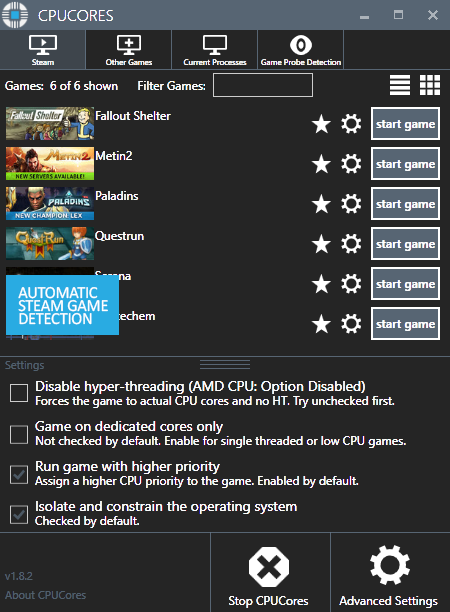"Maximize Your Educational Opportunities: A Comprehensive Guide to Federal Student Loan Aid"
#### Understanding Federal Student Loan AidFederal student loan aid is a crucial resource for many students seeking higher education in the United States. I……
#### Understanding Federal Student Loan Aid
Federal student loan aid is a crucial resource for many students seeking higher education in the United States. It encompasses various financial assistance programs designed to help students afford college tuition, fees, and other educational expenses. Unlike private loans, federal loans typically offer lower interest rates and more flexible repayment options, making them an attractive choice for students from diverse financial backgrounds.
#### Types of Federal Student Loans
There are several types of federal student loans available, each catering to different needs and circumstances. The most common types include:
1. **Direct Subsidized Loans**: These loans are available to undergraduate students who demonstrate financial need. The government pays the interest on these loans while the student is in school at least half-time, during the grace period, and during deferment periods.
2. **Direct Unsubsidized Loans**: Available to both undergraduate and graduate students, these loans do not require proof of financial need. Interest accrues on these loans during all periods, including while the student is in school.
3. **Direct PLUS Loans**: These loans are designed for graduate students and parents of dependent undergraduate students. They can help cover the remaining costs of education after other financial aid has been applied.
4. **Direct Consolidation Loans**: This option allows borrowers to combine multiple federal student loans into a single loan, simplifying the repayment process.

#### Eligibility for Federal Student Loan Aid
To qualify for federal student loan aid, students must meet specific eligibility criteria. These generally include:
- Being a U.S. citizen or an eligible non-citizen.
- Having a valid Social Security number.
- Maintaining satisfactory academic progress in college or career school.
- Completing the Free Application for Federal Student Aid (FAFSA).

The FAFSA is a critical step in accessing federal student loans, as it helps determine the amount of aid a student is eligible to receive based on their financial situation.
#### The Application Process
Applying for federal student loan aid begins with the FAFSA. Students should complete the FAFSA as early as possible to maximize their financial aid opportunities. The application requires information about the student's and their family's income, assets, and other financial details. Once submitted, the Department of Education processes the FAFSA and sends a Student Aid Report (SAR) to the applicant, detailing their expected family contribution (EFC) and eligibility for federal aid.
#### Repayment Options
Repaying federal student loans can be manageable due to the various repayment plans available. Options include:
- **Standard Repayment Plan**: Fixed payments over ten years.

- **Graduated Repayment Plan**: Payments start lower and increase every two years.
- **Income-Driven Repayment Plans**: Payments are based on income and family size, and can be adjusted annually.
Additionally, borrowers may qualify for loan forgiveness programs, such as Public Service Loan Forgiveness (PSLF), which can significantly reduce the financial burden of student loans for those working in qualifying public service jobs.
#### Conclusion
Federal student loan aid is an essential aspect of financing higher education in the U.S. By understanding the types of loans available, eligibility requirements, and repayment options, students can make informed decisions about their education financing. The key to leveraging federal student loan aid effectively lies in thorough research and timely application through the FAFSA, ensuring that students can focus on their academic goals without the overwhelming stress of financial barriers.